
We believe that the exploitation of animals is unethical and, in turn, we would oppose the use of animals in experimentation regardless of any benefits that such research might realize for people. But it just so happens that science is also on our side.
While the animal research industry continues to breed, buy, cage, torture, and kill sentient beings, progressive scientists are busy proving that human-relevant science is not only possible but, in fact, better for us all. September 2024 highlights in science are below.
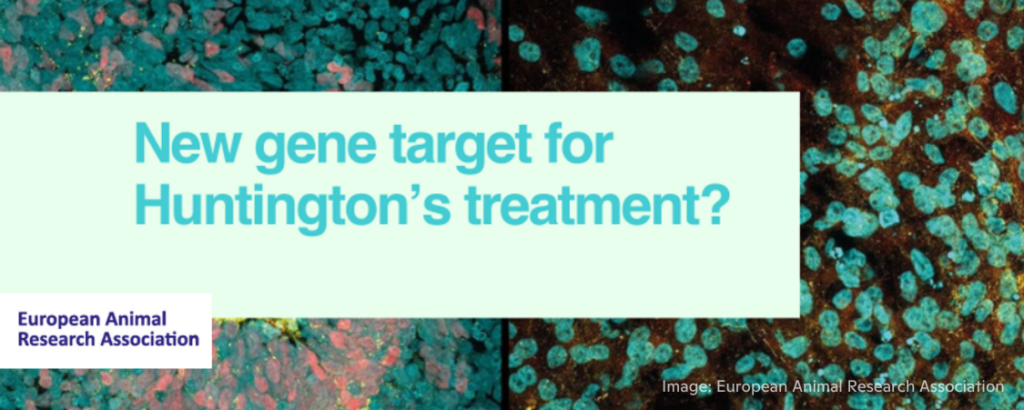
New Gene Target for Huntington’s Treatment?
European Animal Research Association, 9/2/2024
“Using 3D brain organoids, researchers have linked a gene with Huntington’s disease for the first time, which may provide a new target for treatment.”
“In this study . . . researchers used CRISPR-Cas9 gene editing to make gene changes to healthy human stem cells, resembling the HTT mutations seen in Huntington’s . . . Analysing the organoids at different developmental stages showed there were lower levels of a particular gene (CHCHD2, which hampered how the nerve cells carried out vital chemical reactions in the brain . . . ‘It suggests in principle that this gene could be a target for future therapies.’” 📰 Full Story →
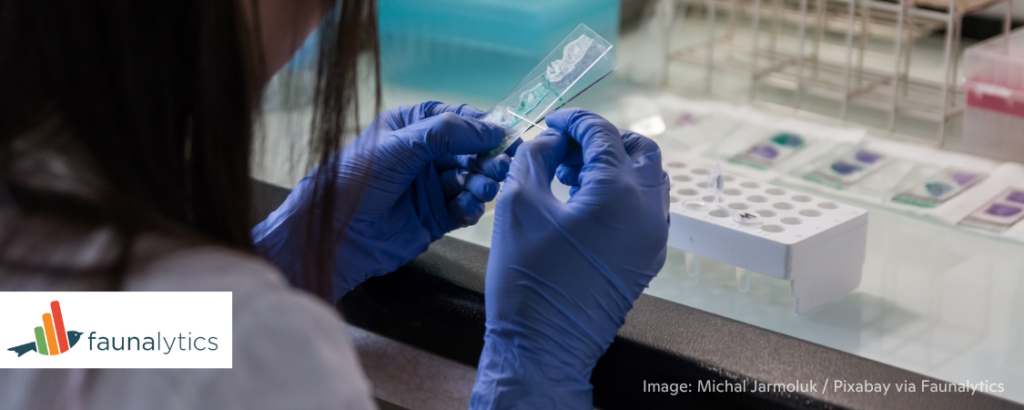
Kidney-On-A-Chip Validated for Drug Toxicity Research
Kaye Dunbar, Faunalytics, 9/2/2024
“In the U.S., kidney damage from medically prescribed drugs is estimated to affect about 1 in 5 adults, and as many as 2 in 3 elderly adults . . . Historically, animal models have been used to evaluate drug-induced kidney damage but these approaches have limitations due to physiological differences between humans and animals and the inability to track real-time molecular-level drug effects.”
“Using human organoids or spheroids instead of animal models is advantageous in studying drug toxicity in the kidney as the basic biological mechanisms of damage differ significantly between rodents and humans.”
“In this study, the researchers . . . found that [immunosuppressant Cyclosporine A and cisplatin, an anti-cancer drug] both elicited early signs of injury at drug concentrations about 20 times lower than previously recognized as toxic. Second, the authors grew human-derived kidney spheroids that incorporated endothelial cells and embedded them with microsensors. Here again, it was observed that cellular damage accumulated early, sometimes within a few hours, and at drug concentrations at least 100 times lower than maximum blood concentrations of drug [sic] that have been previously measured in human patients….”
“These findings highlight the potential of human organoid models to revolutionize drug toxicity testing, providing insights that animal models simply can’t.” 📰 Full Story →
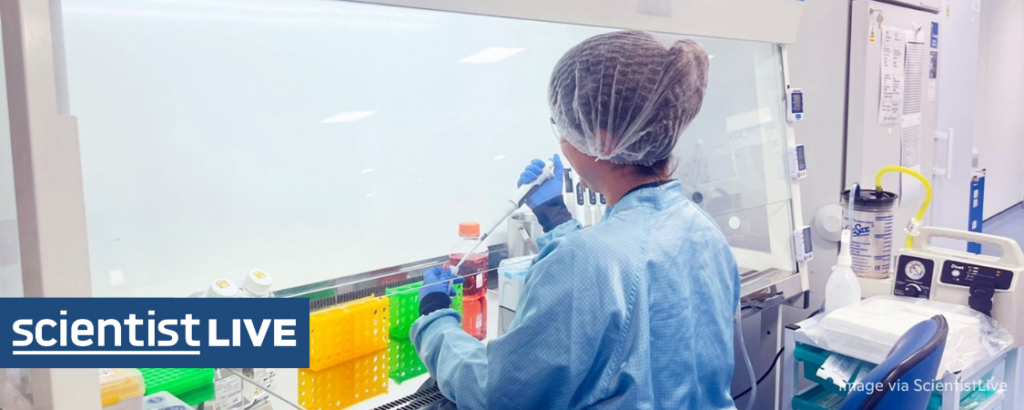
Life Sciences Facility Launched in Cardiff
Scientist Live, 9/3/2024
“Global life science and 3D biology pioneers Molecular Devices has launched a new life sciences facility in Cardiff, dedicated to research, development and industrial-scale manufacture of organoids.”
“The ability to produce organoids at such a large scale is unprecedented and offers the potential to streamline the drug discovery process, allowing for a rapid transition from laboratory research to medical applications and reducing the high failure rates commonly seen in clinical trials.”
“The facility . . . . is poised to revolutionise healthcare through the provision of large quantities of consistent and reproducible patient-derived organoids.” 📰 Full Story →
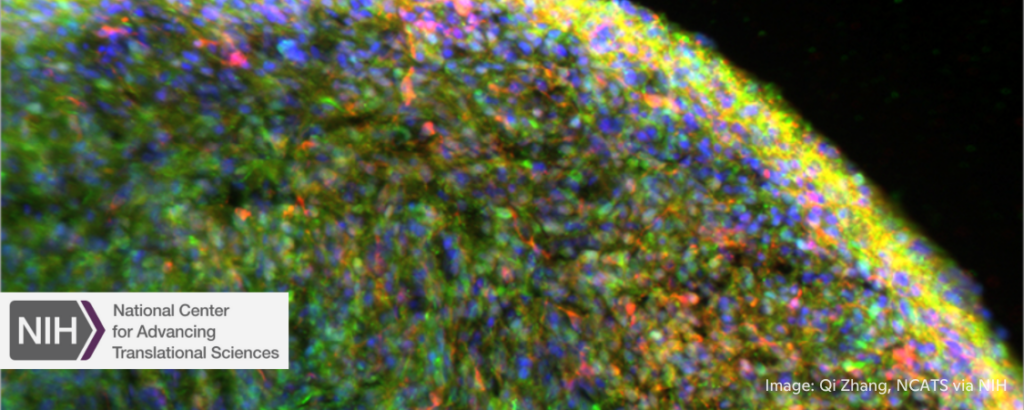
Brain Organoids Help Reveal Antiviral Drug’s Promise in Parkinson’s Disease
National Center for Advancing Translational Sciences, 9/4/2024
“In a new study, NCATS scientists and their NIH colleagues tested [antiviral drug] tilorone’s effects in models of the brain cells involved in PD [Parkinson’s Disease]. The 3-D models, called organoids, can help scientists better predict which promising drugs, like tilirone, will work in people.”
“‘By establishing tilorone as a potential therapeutic agent, this study underscores the utility of 3-D midbrain organoids as a powerful tool for preclinical evaluation,’….”
“The lack of effective methods for drug screening has been a major obstacle in developing treatments to slow or stop PD. The new brain-tissue organoids offer hope for a more precise model to study disease and speed drug discovery and development. ‘Organoids offer a highly accurate model for PD research and enable deeper insights into the causes of the disease,’….” 📰 Full Story →
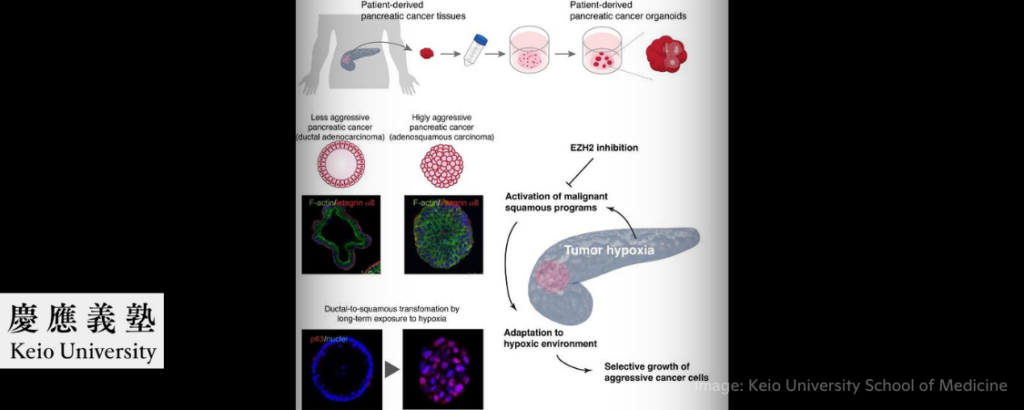
Pancreatic Cancers Change Identity as They Transform into Aggressive Types – An Organoid Study
Keio University School of Medicine, 9/5/2024
“Pancreatic cancer is one of the deadliest cancers worldwide. A promising technology poised to advance treatment is organoids, the miniature laboratory versions of a patient’s tissues and organs.”
“A new organoid study shows that low-oxygen environments transform pancreatic cancer cells into aggressive pancreatic adenosquamous carcinoma (PASC), a rare subtype that morphologically resembles cells in the esophagus and trachea. Furthermore, the study found that a widely studied drug shows promise in reversing the molecular changes that make tumor cells more aggressive.” 📰 Full Story →
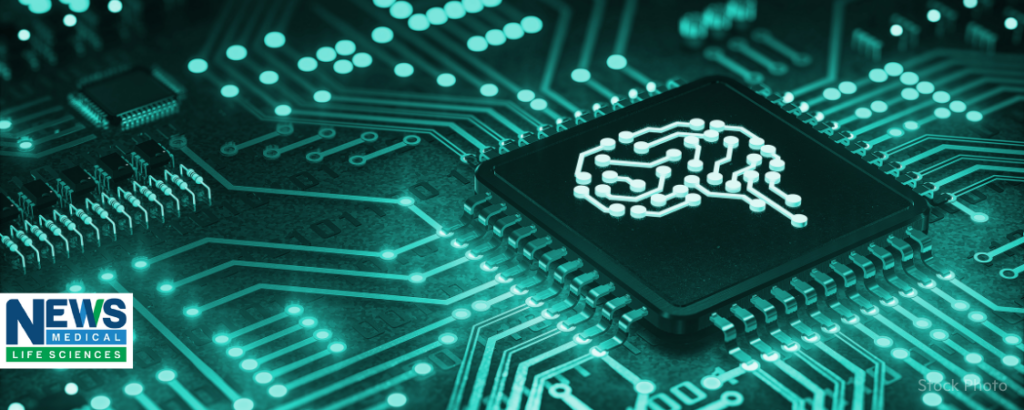 Unfold AI Outperforms Conventional Methods in Prostate Cancer Risk Prediction
Unfold AI Outperforms Conventional Methods in Prostate Cancer Risk Prediction
Avenda Health, News Medical Life Sciences, 9/6/2024
“A recently published study . . . confirms the groundbreaking potential of Unfold AITM, an FDA-cleared artificial intelligence (AI) algorithm” that “map[s] 3D cell cancer probability and estimate[s] extracapsular extension (ECE) risk, comparing it to conventional methodologies such as MRI, PSMA, PET/CT imaging and nomograms.”
“The results revealed that Unfold AI accurately predicted ECE risk and outperformed conventional methodologies, helping surgeons more accurately predict extraprostatic disease extensions.” 📰 Full Story →

Artificial Lymphoid Organs Could Help Predict Efficacy of Booster Vaccines
Rockefeller University Press, 9/6/2024
“Researchers . . . have developed artificial ‘lymphoid organ-chips’ that recreate much of the human immune systems’ response to booster vaccines.”
“The effectiveness of updated vaccines can be hard to predict . . . One reason for this unpredictability is that the laboratory animals used to test new vaccines have slightly different immune systems from humans. Another reason is that humans can vary greatly in their response to a vaccine–depending, in part, on their individual history of infection and vaccination.”
“The immune system’s response to a vaccine is coordinated in secondary lymphoid organs . . . [researchers] created an artificial version of these organs by embedding small samples of human blood cells in 3D collagen matrices on tiny microfluidic chips. These lymphoid organ-chips can then be exposed to viral proteins and RNAs used in vaccines.” 📰 Full Story →

Dr. Laura Cook’s Pioneering Work in Human Organoid Research
Doherty Institute, 9/9/2024
“‘There is both an ethical and financial need to design better human-based platforms for discovery and translational research,’ said the University of Melbourne’s Dr Cook….”
“Dr Cook and her team have spent the last three years developing a cutting-edge human gut organoid and immune cell co-culture system. This platform allows researchers to study immune cell responses to inflammation or infection in an all-human tissue environment.”
“Dr Cooks’ work is a significant step towards the ‘Replacement’ aspects of the 3Rs . . . in animal research and has the potential to set a new standard for ethical and more accurate scientific research.” 📰 Full Story →
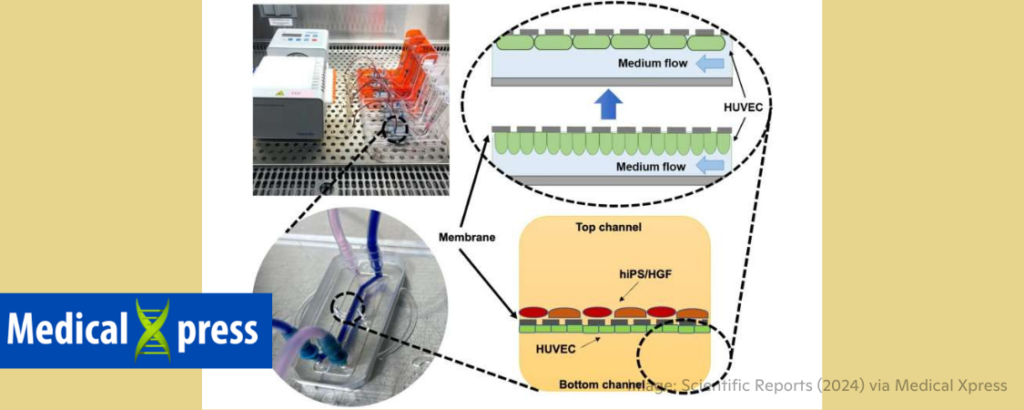
Heart-on-a-Chip: Innovative Microreactor Advances Disease Modeling and Drug Screening
Okayama University, 9/10/2024
“To address the global burden of cardiovascular diseases, there’s an urgent need for early-stage screening technologies and effective therapeutics.”
“Recent advancements in tissue engineering and microfluidics have paved the way for the development of heart-on-a-chip models. These models aim to stimulate the roles of cardiomyocytes, fibroblasts, and endothelial cells–each crucial for normal cardiac function….”
“This advancement not only makes research more ethical but also boosts our ability to study cardiac functions, predict drug responses, and accelerate the development of innovative therapies.” 📰 Full Story →
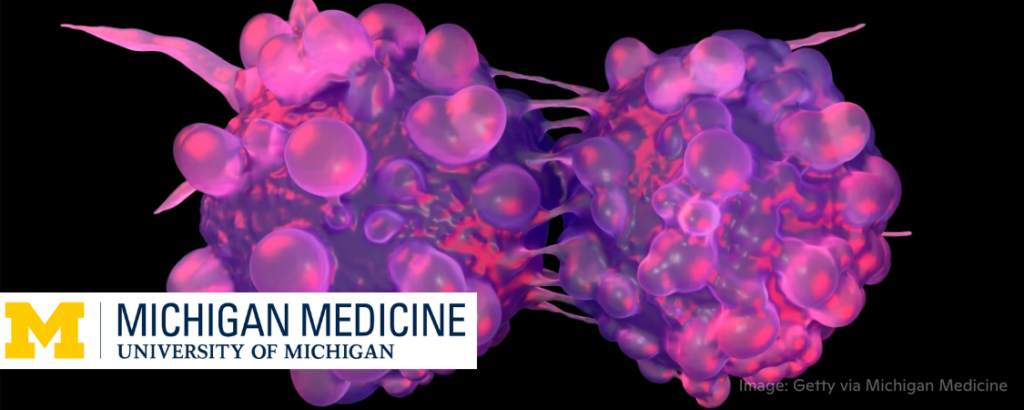
Organoid Model Predicts Bladder Cancer Treatment Response
Nicole Fawcett, University of Michigan, 9/19/2024
“Researchers from the University of Michigan Health Rogel Cancer Center developed a model to help predict treatment response in patients with bladder cancer.”
“They screened 654 organoids against a panel of clinically relevant drugs. These short term organoid models faithfully represented the tumor’s molecular characteristics while avoiding some of the shifts in subtyping that emerge with long term organoid cultures . . . the researchers hope this model can be used to help guide treatment decisions for patients with bladder cancer by predicting an individual tumor’s likely response to specific drugs.” 📰 Full Story →

Unlocking the Potential of Patient-Derived Organoids for Personalized Sarcoma Treatment
University of California – Los Angeles Health Sciences, ScienceDaily, 9/20/2024
“Investigators at the UCLA Health Jonsson Comprehensive Cancer Center have developed the largest collection of sarcoma patient-derived organoids to date that can help improve the understanding of the disease and better identify therapies that are most likely to work for each individual patient.”
“The approach . . . uses patients’ own tumor cells that replicate the unique characteristics of a patient’s tumor allowing scientists to quickly screen a large number of drugs in order to identify personalized treatments that can target this rare and diverse group of cancers.”
“‘We’ve shown that it’s possible to generate sarcoma organoids quickly – within a week after surgery or biopsy – and use them to screen a large number of drugs, including FDA-approved therapies and other treatments currently in clinical trials,’…” 📰 Full Story →

A Big Hop: Virtual Rabbits Aim to End Animal Testing
Fernanda Cerdio, Cultura Colectiva, 9/24/2024
“Virtual rabbits could represent the future of animal testing, offering hope for the countless sentient beings used in experiments that often cause pain and suffering.”
“The primary goal of the VICT3R project is to significantly reduce the number of animals used in safety testing for drugs and other chemicals by replacing them with computer-generated virtual models.” 📰 Full Story →
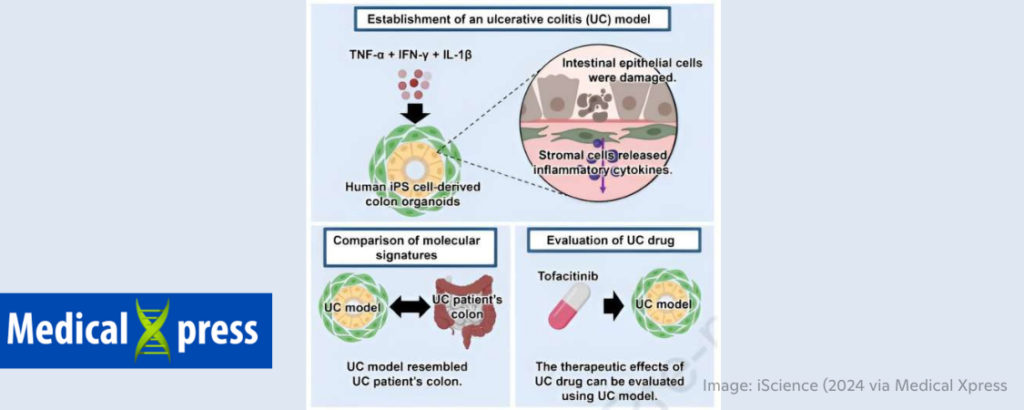
Creating a More Accurate Model of Inflammatory Bowel Disease
Kyoto University, 9/24/2024
“A research team . . . recently constructed a new model of inflammatory bowel disease using iPS cells that enables more accurate modeling of the condition for studying the underlying disease mechanisms and identifying new therapies.”
“A critical factor hindering the identification of new drugs for treating and curing IBD is that we currently lack accurate models of the disease that can accurately recapitulate the conditions inside patients when they experience IBD. To tackle this problem, the Takayama-led team hypothesized that they could create a better IBD model by constructing colon organoids that include the different cell types comprising the intestines because current models typically employ intestinal cell lines or contain only colonic epithelial cells.” 📰 Full Story →
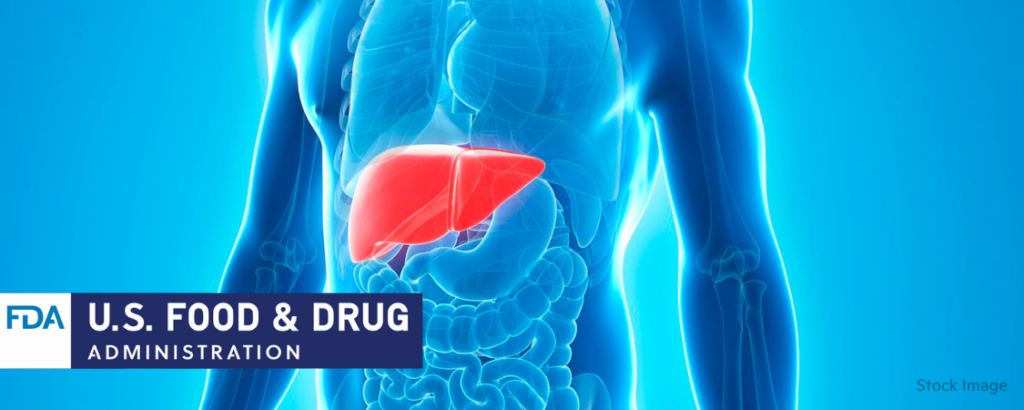
FDA’s ISTAND Pilot Program Accepts a Submission of First Organ-on-a-Chip Technology Designed to Predict Human Drug-Induced Liver Injury (DILI)
U.S. Food & Drug Administration, 9/24/2024
“FDA’s Center for Drug Evaluation and Research (CDER) has accepted the first letter of intent (LOI) into the Innovative Science and Technology Approaches for New Drugs (ISTAND) Pilot Program for an organ-on-a-chip technology, a type of micro-physiological system (MPS), to study drug-induced liver injury (DILI) for certain drug candidates.”
“The Liver-Chip model works by growing four human liver cell types in a micro-engineered environment that recreates the natural physiology and mechanical forces that cells experience within the human body. This allows real time monitoring of signs of drug induced damages compared to control conditions.”
“The LOI acceptance is the first step of a three-step qualification process in the [drug development tool] qualification programs [sic].” 📰 Full Story →